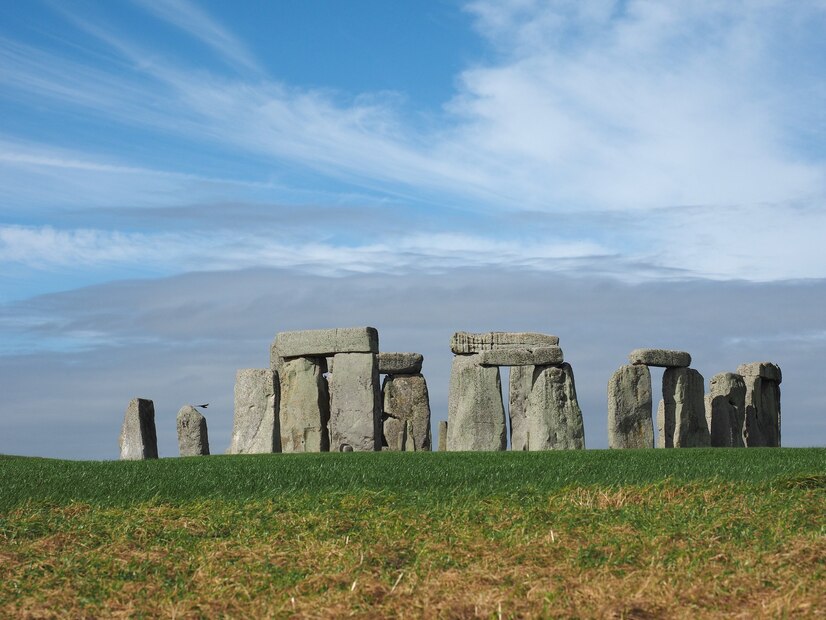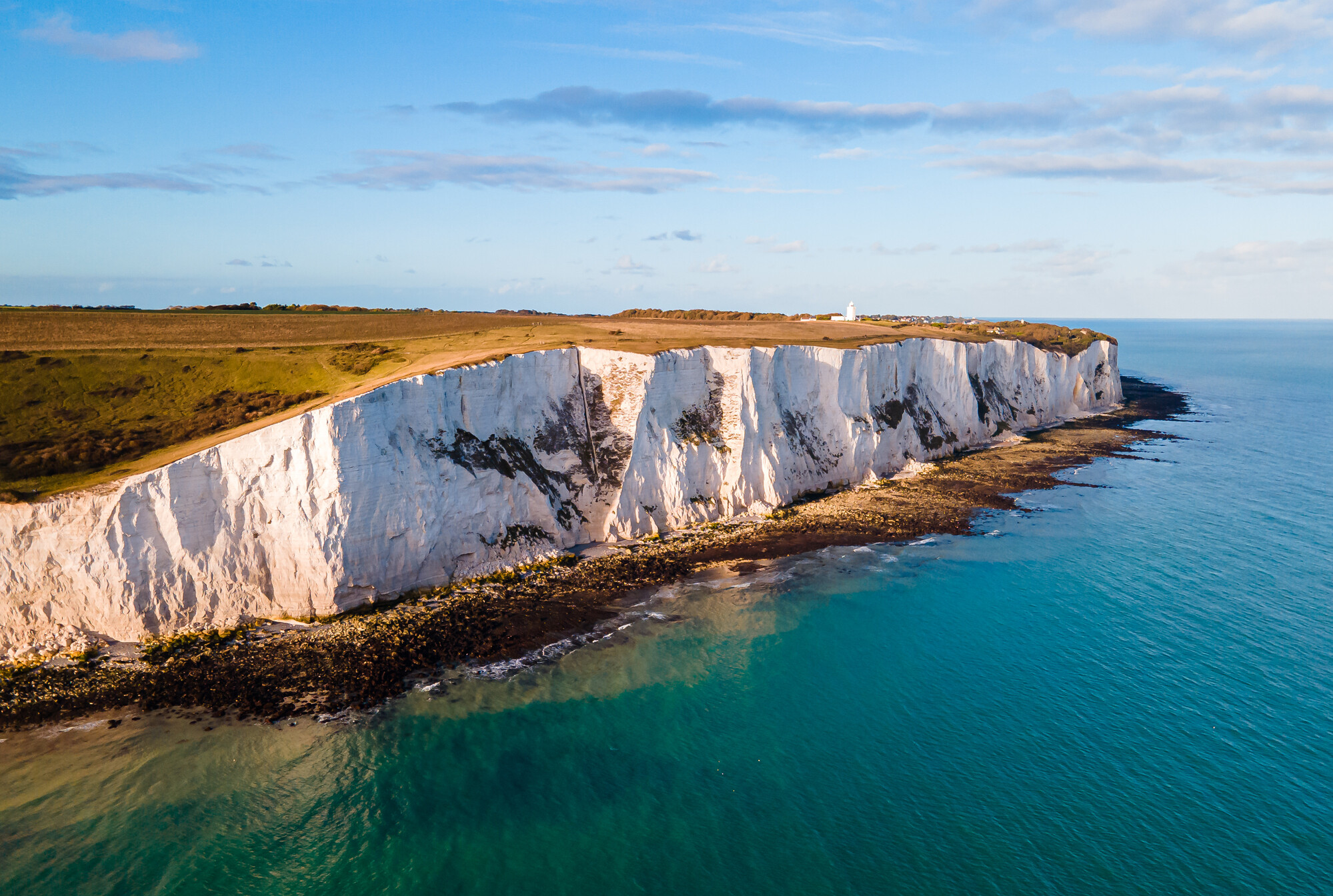The origins and mysteries of the megalithic symbol
Stonehenge is not just an ancient stone ring on the Salisbury Plain in England. It is one of the most mysterious monuments of mankind, keeping the secrets of the Neolithic, Bronze Age and religious rituals of thousands of years ago. Despite hundreds of years of study, Stonehenge continues to provoke controversy and inspire the search for truth.
What is Stonehenge really like?
Architecture that strikes with precision
Stonehenge was built in stages over a period of 1500 years – from 3100 to 1600 BC Its main structure consists of massive sarsen stones (up to 7 m high and weighing up to 50 tons) forming a ring and an inner horseshoe of trilithons – two vertical stones connected by a horizontal lintel. Technologically sophisticated methods were used for construction: tongue and groove, ridge and trough joints – approaches characteristic of carpentry rather than stone craftsmanship.

Interesting fact: the lintels don’t just lie on top – they are anchored with jewel-like precision and form an almost perfect circle. The inner surfaces of the stones were ground to smoothness, while the outer surfaces remained rough.
Where did the rocks come from?
The sarsens came from the West Woods – over 25 km to the north, whereas the so-called bluestones came from the Preseli Hills in Wales – 230 km away! Presumably they were reused, possibly from a dismantled Waun Maun circle. Some of them have an acoustic effect – they ring on impact. Researchers attribute this to their “healing” properties and their use in rituals.
Function: observatory, temple, cemetery?
Stonehenge is oriented strictly along the solstice line: the Sun rises over the Heel Stone in summer and sets between the trilithons in winter. This is one of the arguments in favor of the version of its astronomical function – predicting solar and lunar cycles.
However, excavations have revealed something else: starting in 3000 yr. bC cremated remains were buried here. More than 60 burials indicate that the monument originally served as a necropolis. Archaeologists suggest that the route from the settlement of Durrington Walls to Stonehenge across the River Avon symbolized the passage from the world of the living to the world of the dead.
Stonehenge today: access and care
Stonehenge has been a UNESCO World Heritage Site since 1986. Managed by English Heritage and the National Trust. After decades of debate about protecting the landscape and closing the A344, a state-of-the-art visitor center has opened nearby. The stones are walled off and access is restricted, but on solstices the doors are open to all comers.
Bottom line: a symbol that has survived the ages
Stonehenge isn’t just stones. It is a concentrate of cultures, migrations, beliefs and engineering thought. Its precision is astounding, its purpose intriguing, and its spirit inspiring. And perhaps the most important thing he does today is remind us: humanity has always sought to make sense of its relationship to nature, the stars, and death.







